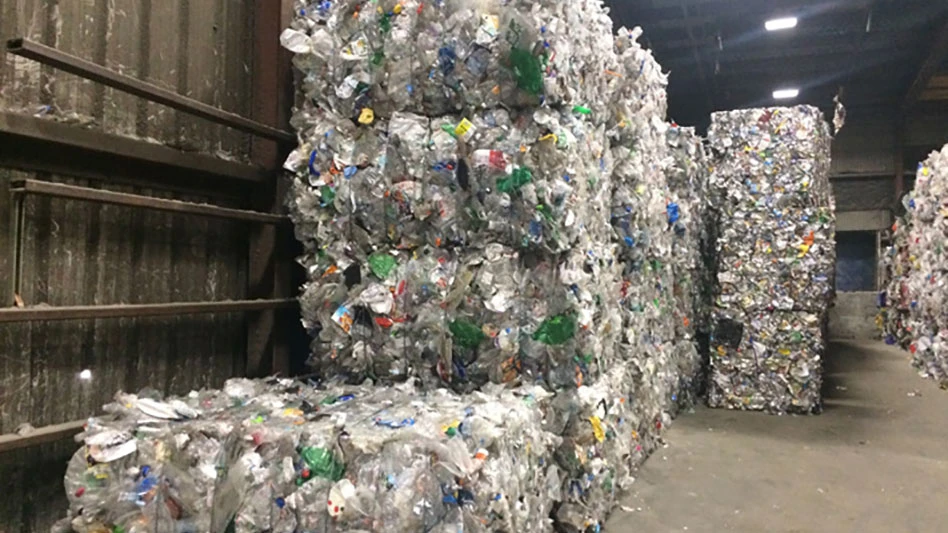
Copper prices on the London Metal Exchange (LME) have been moving in lockstep with the recent declines in the oil and equities markets, according to Barclays Research. It provides a reason to monitor the equities market because industrial metals remain very correlated to it.
According to London-based Barclays, concerns over 2019’s economic outlook have been the factors causing selling in metals and other asset classes. From early December to early January, copper prices slid 8 percent, and the Jan. 4, 2019, LME close of $5,775 per metric ton is down 21 percent from a 2018 high of $7,333 reached in June.
Meanwhile, the Dow Jones Industrial Index lost 12 percent between Dec. 3, 2018, and Thursday, Jan. 3, though Dow stocks rose more than 625 points in trading Friday, Jan. 4, 2019.
Equities and industrial commodities will stage a nice move higher if and once investors will believe recession in the United States is not in the cards. Currently, equity markets appear to be pricing in around a 60 percent chance of a typical U.S. recession.
A mild earnings recession, when earnings typically fall by 9 percent, appears to be fully priced in. The performance of industrial metals over the previous months suggests that commodity markets have priced in around a 56 percent chance of a typical U.S. recession, in line with U.S. equity markets. This is higher than the average probability reported in the latest Blue Chip Consensus survey of 27 percent by the end of 2019.
During the previous five recessions, the excess return of the industrial metals Goldman Sachs Commodity Index (GSCI) from peak to trough was an average of negative 43 percent. Industrial metals have fallen 24 percent since the recent peak on April 18, 2018, so based on the average 43 percent fall during past U.S. recessions, we can interpret recent performance in base metals as pricing in a 56 percent chance of a typical U.S. recession.
Chinese demand indicators remain a concern in the short term, according to New York-based Jefferies Financial Group. In addition to the lower than expected Chinese purchasing managers index (PMI) for December—which fell into contractionary territory—and the Apple Inc. revenue downgrade due to deteriorating Chinese demand, slowing Chinese credit growth also is a clear concern.
According to London-based Capital Economics, broad credit growth in China has been on a declining trend since 2017, and aggregate financing to the real economy grew by just 9.9 percent year on year in November 2018. Credit growth is unlikely to accelerate until more aggressive stimulus measures are put in place.
As a result, we expect Chinese demand for metals to weaken through the first half of 2019, but we also expect some stimulus to lead to a gradual recovery in demand later this year.
Chart:
| Commodities Pricing Trends | |||
| Jan. 4, 2019 | Jan. 15, 2018 | % change | |
| LME Copper | $5,936 | $7,206 | -17.62% |
| SHFE Copper | $6,879 | $8,547 | -19.52% |
| LME Aluminum | $1,868 | $2,226 | -16.08% |
| LME Nickel | $11,125 | $12,865 | -13.52% |
| LME Ferrous Scrap | $280 | $371 | -24.53% |
| SGX Iron Ore | $72.27 | $76.57 | -5.61% |
| SHFE Rebar | $505 | $591 | -14.55% |
| Prices per metric ton. |
Latest from Recycling Today
- McClung-Logan Equipment Company joins Tana’s authorized dealer network
- Grede to close Alabama foundry
- Plastics Recycling Conference 2025: Working toward their targets
- SWACO rolls out new commercial recycling and food waste programming
- Updated: Matalco to close Canton, Ohio, plant
- Metso launches electric Anode Weighing and Casting Machine
- Circular by Shapiro releases '5 for Five' sustainability series
- Graphic Packaging set to close Ohio CRB facility






